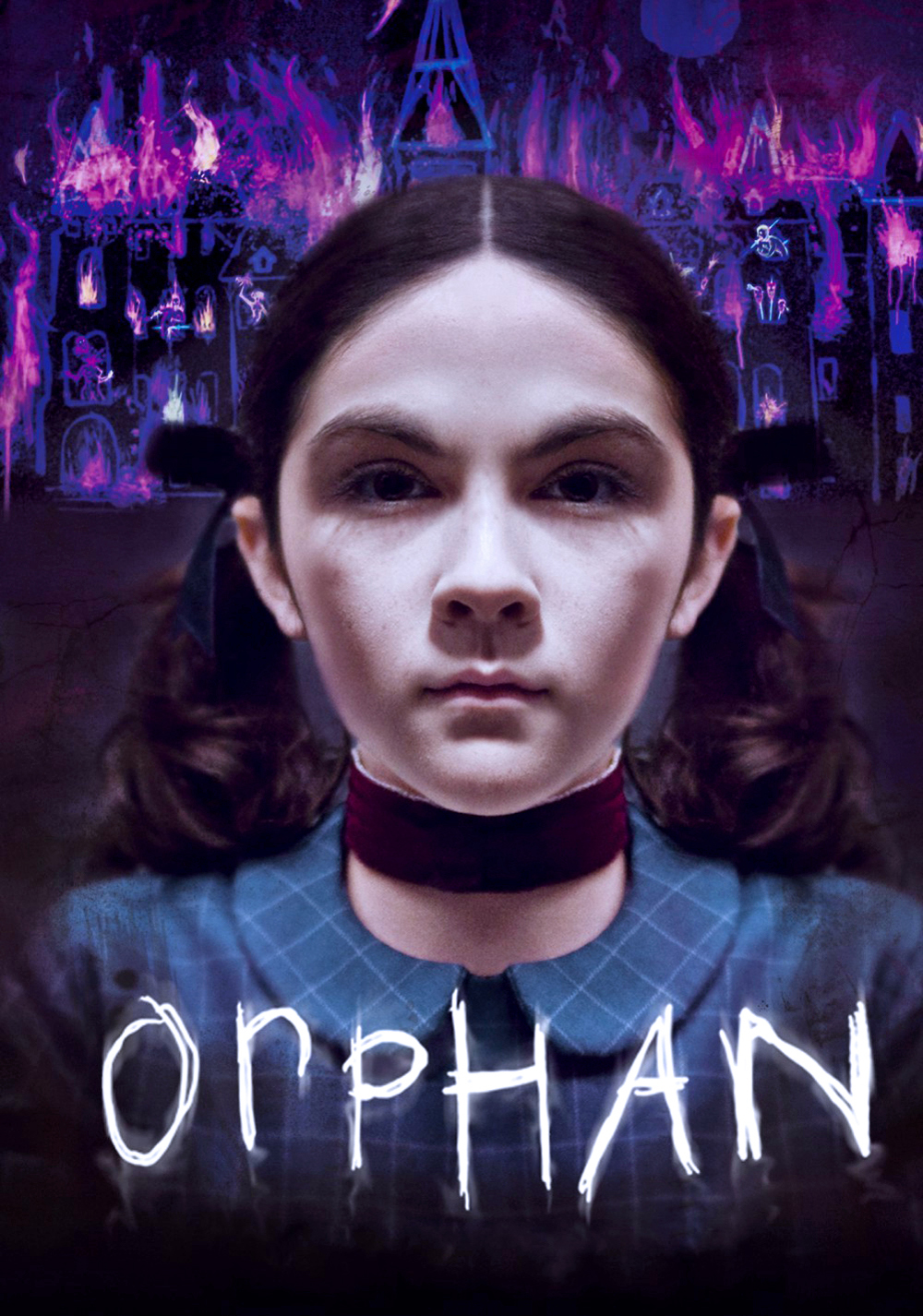


Wood (U Nacional Autónoma de México) Water, Catastrophe, and the Authoritarian-Humanitarian State: Las inundaciones en Barcelona (NO-DO, Spain, 1962) and Inundación (ICB, Bolivia, 1966)Īmy Herzog (Queens College CUNY) Spindrift’s Wet Dream: Puget Sound and the Pornographic Imaginary. Sonia García López (U Carlos III de Madrid) & David M. Waller (Indiana U) and Andy Uhrich (Washington U) Irrigating and Reshaping America: Educational Films on the Power of Water, 1927-1948 Reeves (Appalachian Media Archives) The Tennessee Valley Authority: “Built for and Owned by the People” Joni Hayward Marcum (U of Wisconsin-Milwaukee) Nature and Energy, Control and Excess: American Infrastructural Cinema in the 1930sīradley E. Stephanie Sapienza (U of Maryland) Unlocking the Airwaves: The National Association of Educational Broadcasters Radio Collection (1952-1973) Gregory, Thanhouser, Submarine Film Corp., Bahamas/US, 1914) + In de Tropische Zee ( Thirty Leagues under the Sea) (Carl L. Monique Toppin (U of the Bahamas) & Erica Carter (King’s College London) An Underwater Sense of Place: Bahamas Marine Locations in Cinema Memory Sonia Shechet Epstein (Museum of the Moving Image NYC) Underwater Films from the Department of Tropical Research: Floyd Crosby and William Beebe’s Bathysphere in Haiti and Bermuda, 1927-1934 (Eye), Floris Paalman (U of Amsterdam, Preservation and Presentation of the Moving Image) & Dan Streible (NYU) Opening remarksįrontispiece: If the Antarctic Ice Cap Should Melt? - outtakes (Fox Movietone News, US, 1929) new scan from U of South Carolina Moving Image Research Collections Introduced by Shiyang Jiang (NYU MIAP) Lunch 12:30 Dinner 19:00 Screenings 20:30 pmġ0:00 am Giovanna Fossati et al. Opening Attractions: Recent Preservation from the Eye Collection. Saturday, May 23: Eye “Meet the Archive” screenings 12:00 to 16:00ġ8:00 6th Eye International Conference / 12th Orphan Film Symposium Opening reception and registration. However, this gives an indication of the rich diversity of films, presenters, subjects, and forms offered throughout "Orphans 12." Please note the listings are not complete (more to come) and the scheduled arrangement of sessions is not listed. Here's a preview of programming for the 6th Eye International Conference / 12th NYU Orphan Film Symposium, Water, Climate, and Migration, May 23-26, 2020, at Eye Filmmuseum in Amsterdam. The closest thing we see of The Haverstraw Tunnel on the web at the moment are frames from the Biograph catalog, as reprinted in Charles Musser's essential history The Emergence of Cinema: The American Screen to 1907, published in 1990. The post, "68mm 8K Phantoms," was sparked by this rare reference to the Haverstraw film in later trade press. "This writer has been viewing film since the Lumiere babies, the Haverstraw Tunnel and the Empire State Express were the screen stars." Epes W.

Although it caused a popular sensation, was often imitated, and inspired film historians and theorists from 1983 onward, the short film (less than 2 minutes) remains rarely seen. Read the rich program of films and speakers - and register to join us in Amsterdam.Īlso, read my new blog post about 68mm Mutosope & Biograph films, particularly the original phantom ride film, The Haverstraw Tunnel (American Mutoscope Co., 1897). Dedicated to the late film historian and archivist Paul Spehr. Also a newly scanned 68mm paper print (rarest of animals) from the Library of Congress, thanks to Cineric and LOC generosity to the NYU Orphan Film Symposium. The curated selection of films relate to the symposium's themes of Water, Climate, and Migration. The May 23-26, 2020, Orphan Film Symposium / Eye Academic Conference, features 68mm Mutoscope & Biograph restorations (in 8K), presented by Frank Roumen and Giovanna Fossati (Eye), Katie Trainor(Museum of Modern Art NYC), and Simon Lund (Cineric).


 0 kommentar(er)
0 kommentar(er)
